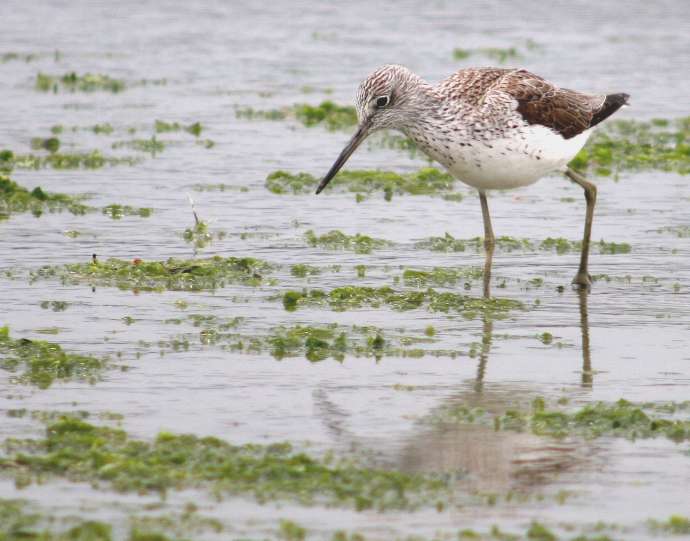October 18, 2020 - Solila Nature Reserve has been the focus of media interest in recent days. At the online conference "Global Green Destination Days 2020", Tivat was declared one of the Top 100 Green Destinations, among other things, based on the successful management of the Solila Nature Reserve, which was nominated as a "Good Practice Story."
Another piece of news that aroused great public interest was the welcome return of the most eminent guests among wetland birds. After more than ten years, flamingos have arrived in Solila again!
"The presence of flamingos is a symbol and confirmation of the commitment to protect endangered and rare wetlands, and we hope that they will be regular guests," said the Solila Nature Reserve.
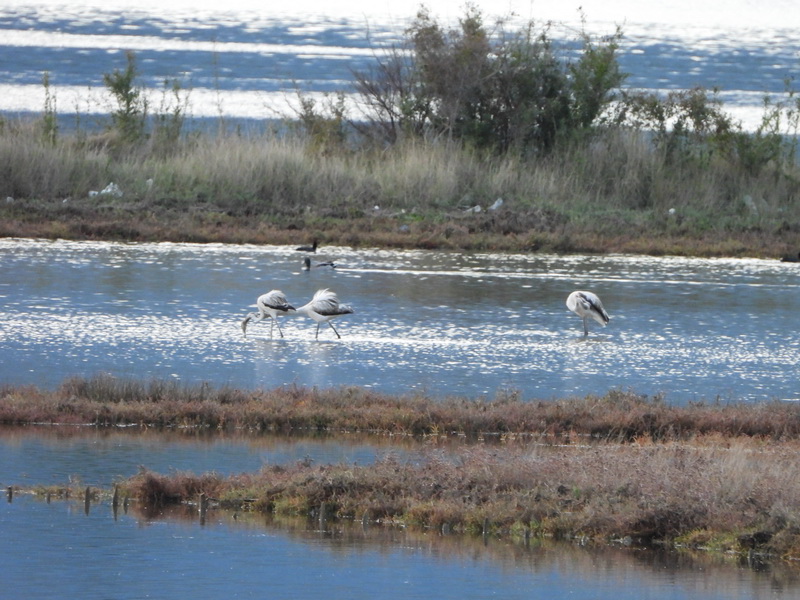 Flamingos, Photo by M.Mitkić
Flamingos, Photo by M.Mitkić
Tivat Solila throughout history - from salt grains to bird habitats
Tivat salt pans (between Tivat airport and the Lustica peninsula) are located on the Adriatic Migration Corridor and serve as the last resting and feeding ground for migratory birds on their way to the south. For a certain number of birds, they are also a wintering ground.
Researchers found the first data on the salt basins of the Tivat salt pans in medieval writings, emphasizing their significance for neighboring Kotor's economy, based on salt production and sale. Even the Statute of this city regulated the production, import, export, and sale of salt. Back in 1683, when this area was under Turkish occupation, it is described that the place where Solila is located today was essential for salt production, representing 81% of the total income of the local population.
According to the data from the historical archives, the work on Solila always took place under the watchful eye of solar workers (preparation of bases, construction of dams, canals, ditches). The salt harvest, which took place at the end of summer, included a locally able-bodied population and draft cattle.
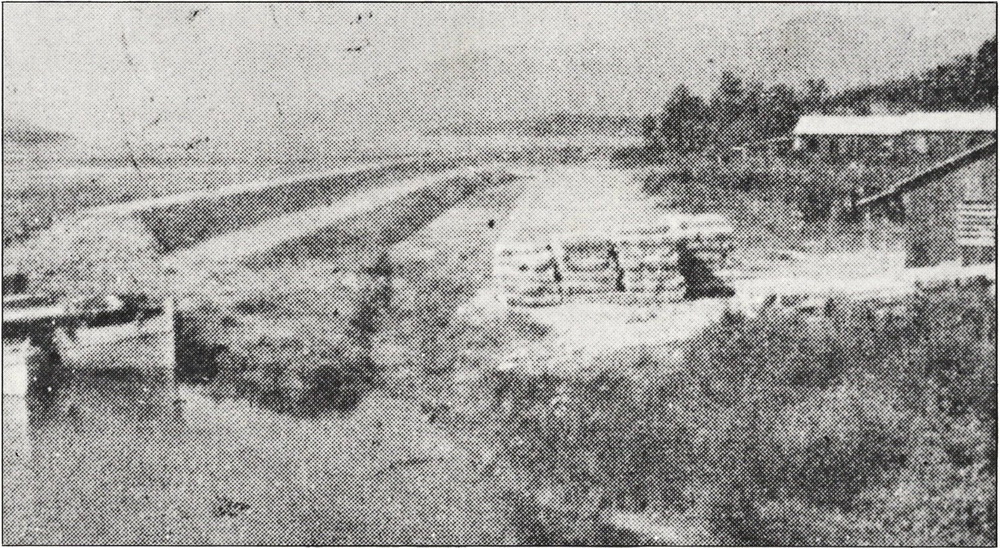
Old photo of Solila
According to historical sources, in 1425, the saltworks had 109 plots. Twenty 24 belonged to Metropolitan Zeta, 27 - to the population of Lustica, 10 - to Djurasevici, 32 - to Kotor, and 16 - to well-known Kotor families. Salt marshes have been continuously the "apple of discord" between neighboring countries. When the salt marshes ceased to be used for their intended purpose, birds began to come here.
The area of Solila is located as a saltworks on all historical maps of this area.
Tivat's Municipality started the construction of a new saltworks in the sixties of the last century, based on the project from 1956 and 1959. Works were performed on two occasions- from 1959 to 1961, and in 1963. A new Saltworks was formed in which, according to some accounts, had only two harvesting seasons.
During the new saltworks' construction, the Municipality invested in the Široka river's regulation, a peripheral canal construction, and works on the main sea embankment structure.
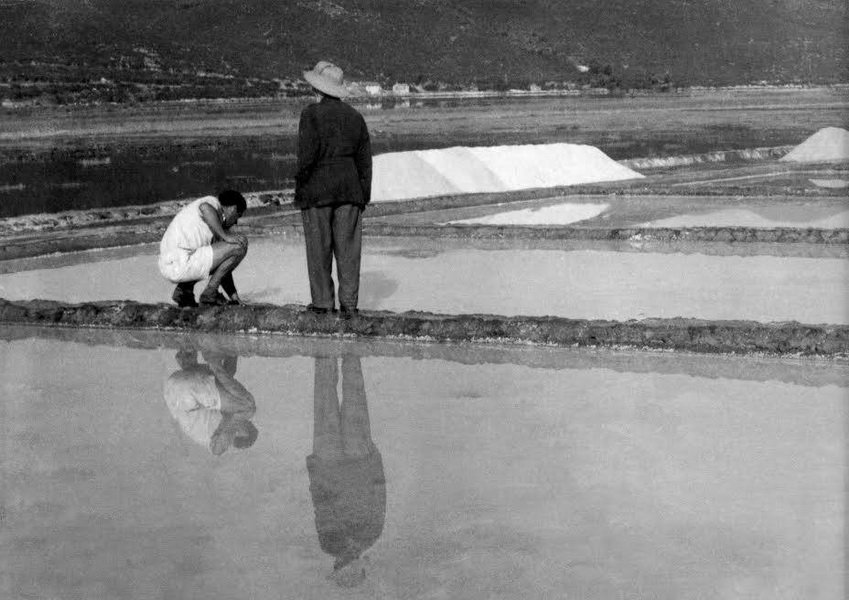 Solila, Photo by Andjelko Stjepčević
Solila, Photo by Andjelko Stjepčević
However, when the establishment of a new saltworks in the Solila area began, salt from North African saltworks began to arrive on the European market, where the costs of salt production, due to favorable natural conditions and significant wind, were significantly lower those on the northern shores of the Mediterranean.
It caused the decline of about 200 smaller, traditional salt pans in the Mediterranean and even those in Solila.
With a decision of 2007, the Solila area was protected as a unique, special nature reserve to preserve plant and animal species, primarily ornithofauna.
We must state that some irresponsible individuals have been dumping various types of waste in Solila for years, and poachers have killed everything that flies. Thanks to the Public Company "Morsko Dobro," the manager of this area, the Municipality of Tivat, the Tourist Organization of Tivat, and the Center for Protection and Study of Birds, Solila over time has become an ecotourism and birdwatching destination, with info points, a visitor center, renovated bridges, observation posts, seating, and a tourist guide service.
One hundred fourteen (114) species of birds have been registered in Solila. However, the list is not even close to bieng finalized because several new species choose the habitat every year. Since 526 bird species have been recorded in Europe so far, the number of birds present in this lagoon makes up more than 20 percent of the total number of species of European ornithofauna.
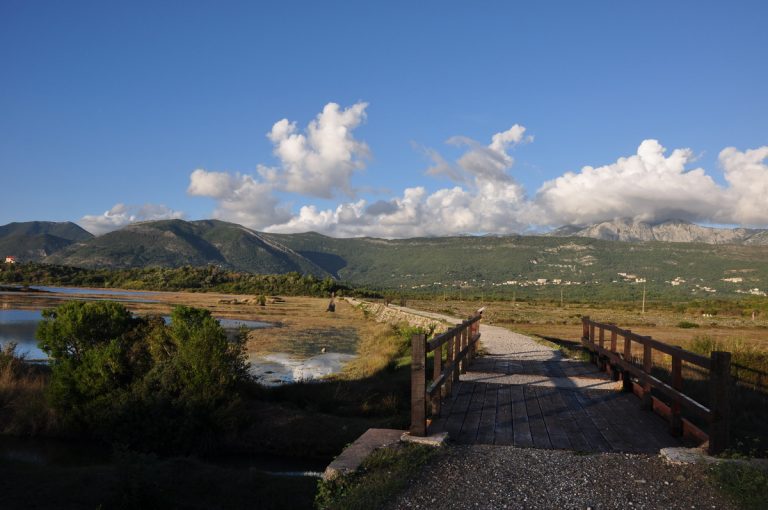
Out of 342 registered bird species in Montenegro, 114 species have been registered in Solila itself. And as many as 109 observed species enjoy some form of protection. All this indicates precisely how vital the Solila themselves are for the ornithofauna of Montenegro. Here we can often meet species such as seagulls, whistling duck, wild duck, gray heron, sparrowhawk, little grebe, and others. The most valuable species of birds are the Java cormorant, pebble, flamingo, and sea hawk. It is a perfect place for bird watching. In addition to birds, about 14 species of rare amphibians and reptiles live here, of which three species are threatened with extinction.
Ibises, spoon herons, storks, and flamingos have been spotted. As a curiosity, we point out that eight black ibises (lat. Plegadis falcinellus, Engl. Glossy ibis) spent time on Solila last year.
"These migratory birds, otherwise known from Egyptian mythology, nest in Europe and places in the Balkans, and they are also widespread in Africa and Asia. Until a few decades ago, ibises were on the brink of extinction due to the destruction of their habitats in wetlands. However, by protecting wetlands and raising environmental awareness, today, it can be said that the ibis population has recovered.
In our reserve, we also host a beautiful spoonbill heron (lat. Platalea leucorodia, Engl. Eurasian spoonbill), which has a characteristic spoon-shaped beak and a tuft on the head. Her body is covered with white feathers, while her legs and beak are black. This heron belongs to the ibis family and can reach a height of up to 1 m and weigh about 1 kg.
Spoonbills live in humid areas where they feed on small fish, frogs, crabs, and sometimes aquatic plants. They nest in sedges, bushes, and nests low above the water, and according to the information of the Center for Protection and Study of Birds, in Montenegro, they nest only on the island of Paratuk on the river Bojana, where 32 pairs are registered ", information from the Solila reserve states.
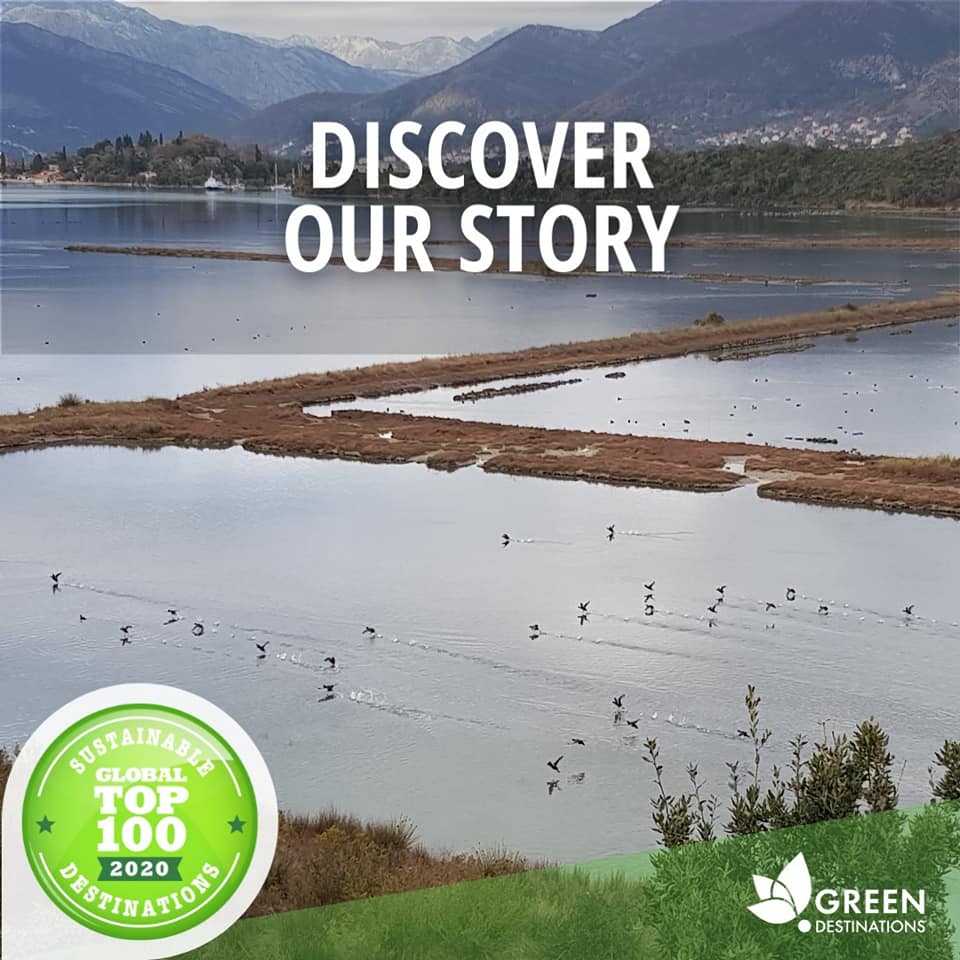
These days, the Anas clypeata, which differs from other ducks with its specific, spoon-shaped beak, rests in the salt marshes. This widespread species nests in Europe, Asia, and North America, while spending the winter in the southern regions. In the Solila Nature Reserve, in 2018, the first nesting and the first cub of this duck species were recorded.
Baljoška, a fox as the locals call it, fuliga (Fulica atra) is always among the first heralds of autumn migration in reserve.
This autumn, storks and flamingos are a real confirmation that we are on the right path of preserving one of the pearls of the Bay of Kotor, the Solila Nature Reserve.
Tivat saltworks - from salt grains to bird habitats, is part of the project "Tivat Breviary," which was funded through the NGO Projects Funds Provided by the Municipality of Tivat

